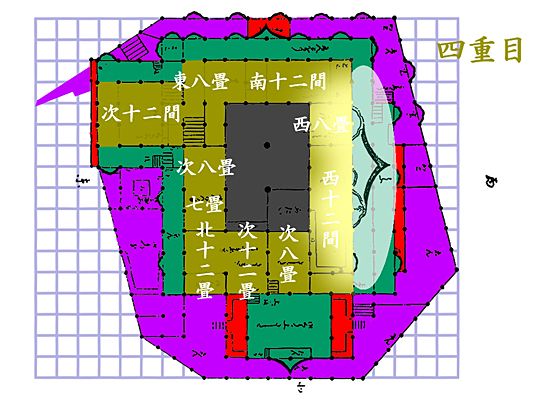
Mixed Reality vs Virtual Reality: Whats the Future?
- 0
In recent years, technology has brought about groundbreaking advancements in the field of virtual reality (VR) and mixed reality (MR). Both of these technologies have the potential to revolutionize how we interact with the digital world. But what exactly is the difference between VR and MR?
Virtual Reality (VR)
Virtual reality is a fully immersive, computer-generated environment that simulates a physical presence in a real or imagined world. Users are typically required to wear a headset that covers their eyes and ears, blocking out the physical world around them and transporting them into a digital space.
VR technology has been widely used in gaming, entertainment, and even healthcare. It allows users to experience situations that would otherwise be impossible or dangerous in the real world.
Mixed Reality (MR)
Mixed reality, on the other hand, combines elements of both virtual reality and augmented reality. MR allows users to interact with both real and virtual objects in a single environment. This technology blends the physical and digital worlds, creating a seamless and immersive experience.
MR has the potential to revolutionize industries such as design, architecture, and education. It offers a more natural and intuitive way to interact with digital content, opening up new possibilities for creativity and collaboration.
Key Differences
Virtual reality creates a fully immersive digital environment, while mixed reality blends the physical and virtual worlds.
VR typically requires a headset to block out the physical world, whereas MR allows users to interact with both real and virtual objects.
VR is more commonly used in gaming and entertainment, while MR has applications in industries such as design and education.
The Future of VR and MR
As technology continues to advance, the lines between virtual reality and mixed reality are becoming increasingly blurry. Companies are pushing the boundaries of what is possible with these technologies, creating new and innovative experiences for users.
VR and MR have the potential to revolutionize industries such as healthcare, education, and entertainment. The future of these technologies is bright, with endless possibilities for creating immersive and interactive experiences.
In conclusion, mixed reality and virtual reality each offer unique benefits and applications. While VR provides a fully immersive digital experience, MR combines the best of both worlds to create a seamless and interactive environment. The future of these technologies is promising, with endless possibilities for innovation and creativity.

